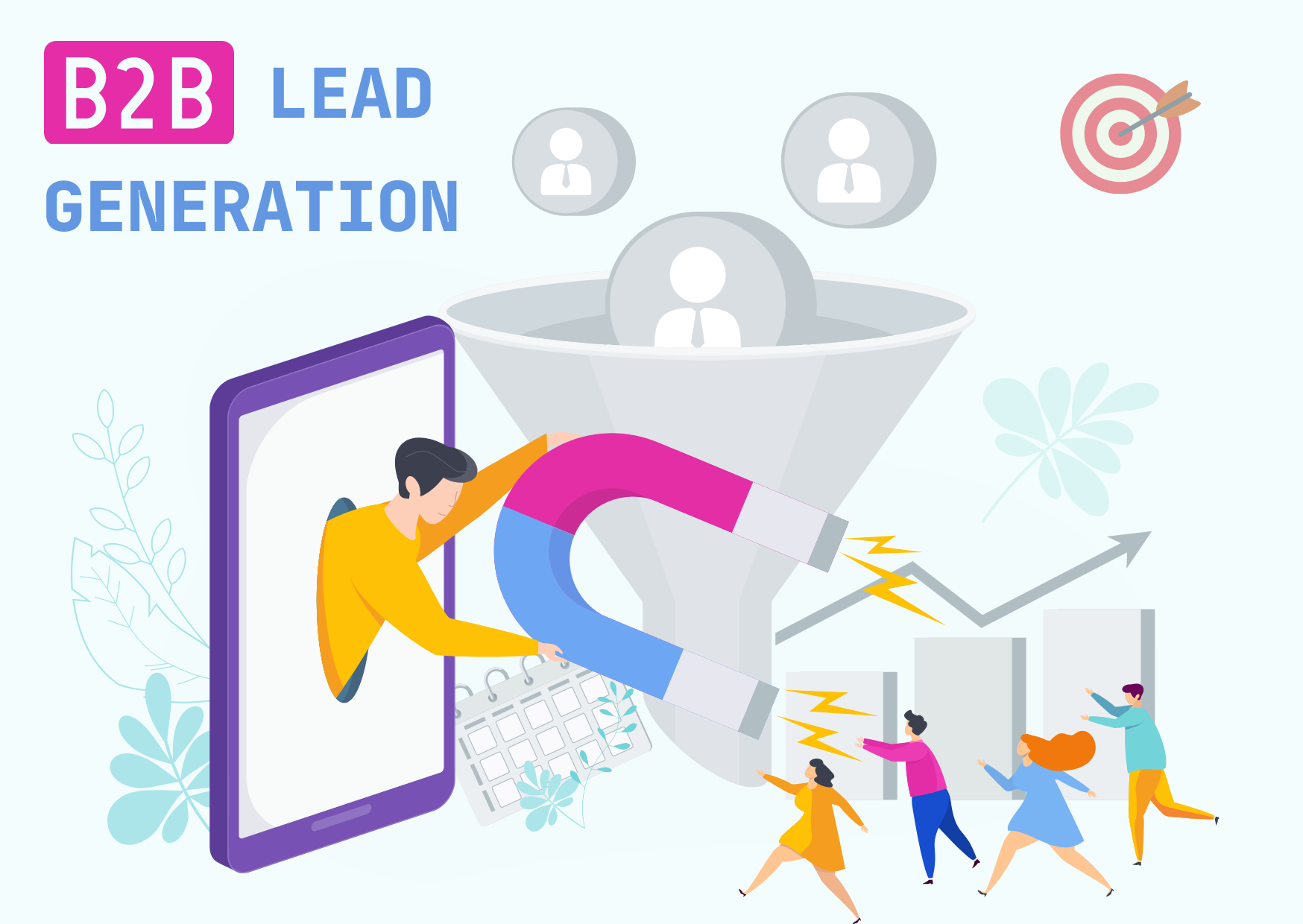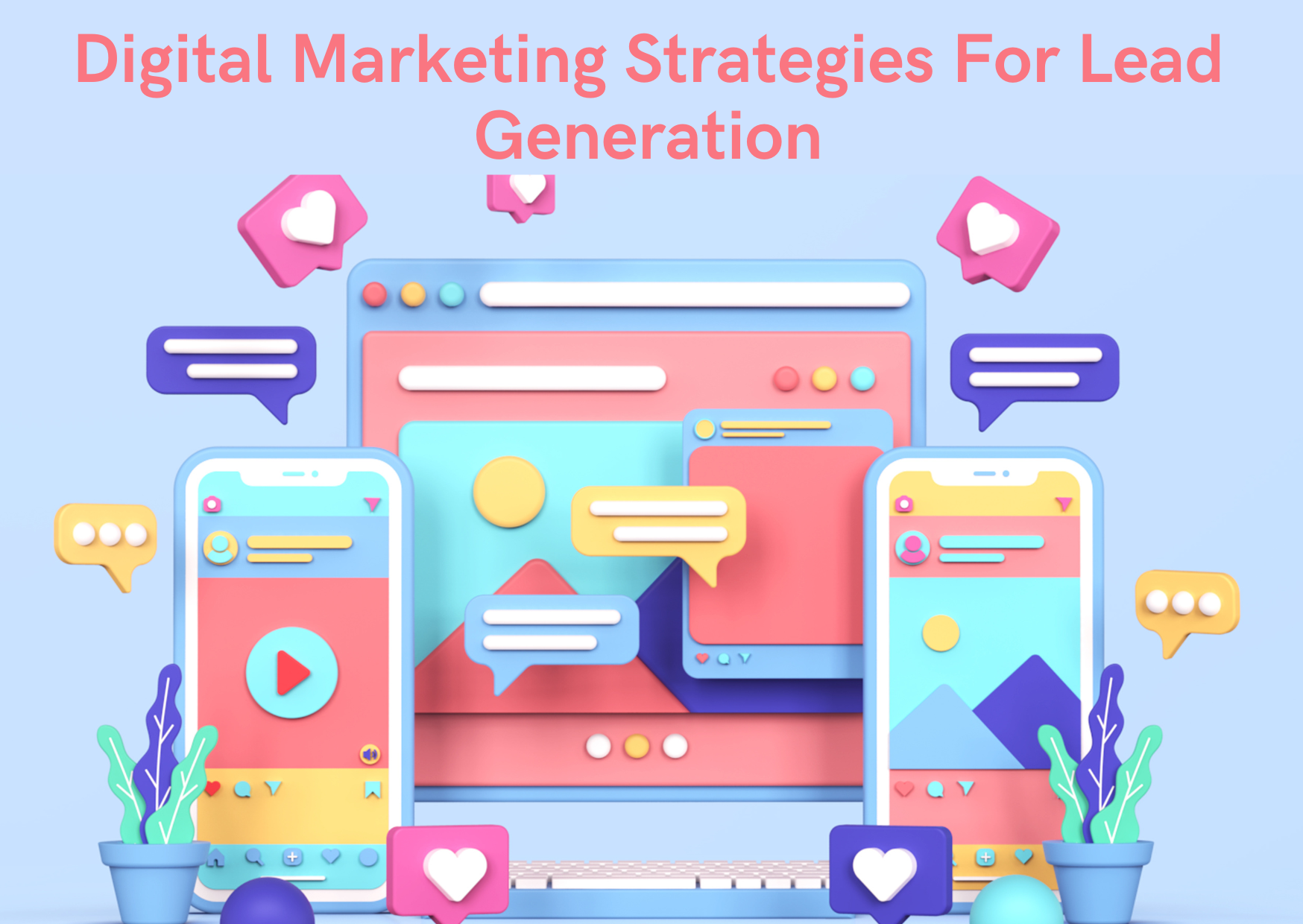Data has become the new oil—it’s practically everywhere, and everyone wants it. And while many organizations still struggle to get access to data, more and more companies are coming to recognize its value. Data Enrichment is a critical asset that can help businesses make better decisions, streamline operations, and prepare for future challenges.
To put it simply, data enrichment is the process of adding relevant information to your data to make it more valuable for analysis.
You may have heard about big data and know that it involves collecting massive amounts of information in a digital format.
But what does this mean for your business? What is it and why is it important? Let’s take a deeper look at what makes this concept so essential for your company.
What is Data Enrichment?
Data Enrichment refers to the process of merging an existing database of first-party customer data with third-party data from external authoritative sources. Enriched data is an important asset for any company because it provides more valuable and insightful information.
The majority of brands enrich their raw data so they can make informed decisions.
Before implementing data enrichment, a company should ensure that its customer data is in the right form and of a quality that meets business requirements for raw data. The business needs include data cleansing services to clean, normalize and standardize data.
Types Of Data Enrichment
There are various kinds of data enrichment but the two most common types are:
1). Demographic Data Enrichment:
Demographic data enrichment means acquiring new demographic data, for example, marital status and income level, and adding that to an existing customer dataset. As there are various sources available to acquire data, so the types of demographic data are vast. You could obtain a dataset including the number of kids, type of car driven, and so on.
Demographic enrichment defines what your end purpose is. Imagine if you want to give credit card offers, then you will acquire a database that provides the credit rating of a person. Thus, data enriched in this way can be leveraged to improve the targeting of marketing offers.
2). Geographic Data Enrichment:
Geographic data enrichment includes adding postal data, and details like latitude and longitude to an existing database which includes customer addresses. There are various providers that allow you to buy this data, including ZIP codes, geographic boundaries between cities and towns, and so on. Adding this type of information to your data is helpful in a few contexts.
Moreover, retailers could use this geographically enriched data to determine their next store location. Suppose, if the retailer wants to grab the most customers within a particular radius, for example, 20 miles. Then they can leverage the enriched data to make that decision.
Why Is Data Enrichment Important?
Data enrichment is important because it allows you to get the most out of your data. Data is often messy and incomplete, so adding additional information can make it easier to use. This can help you solve problems and make better decisions. It will allow you to know more about your customers.
It can also help you prepare for the future by getting ready for emerging technologies. As more machines and devices become connected, data will become even more important. Directly accessing raw data can be challenging and time-consuming, especially when it’s incomplete or unorganized.
Moreover, it makes data easier to use by adding context and preparing it for analysis. This means that you can spend less time cleaning up your data and more time using it to make decisions.
Advantages Of Data Enrichment
Data enriching has numerous advantages as it helps:
Fosters meaningful customer relationships
Enriched data offers personalized communications and builds meaningful customer relationships and business opportunities. With appropriate customer data, your business can make communication strategies that meet customer preferences or requirements.
Customer is more likely to buy from you when they feel that your company understands their requirements. It also maximizes customer nurturing by identifying customers to be nurtured.
Boosts successful targeted marketing
Many businesses are now realizing that a one-size-fits-all marketing approach does not work. That’s why they are moving forward to targeted marketing. For impementing targeted marketing, a company needs data enrichment to segment data efficiently.
Get greater sales
It ensures you have a updated and relevant contact list to increase sales and boost ROI. Also, it provides opportunities for upsells as a company has the right data and knows its customers well.
Eradicates redundant data
Redundant data results in revenue loss, and customer loss. You can get rid of redundant data using data enrichment tools. Duplicated Data is common in raw data and disturbs the quality of data. But, data enrichment removes it and hence increases data quality.
How To Select Data Enrichment For Your Business?
Well, there are many companies that provide data enrichment services these days. But the challenge is to find one that really meets your business requirements. So here are some things to consider:
Manual or automated?
There are some data enrichment options that work great for specific queries. For example, if you only want to know more about the odd loan applicant. You’ll need to work with a third-party data provider to get details.
Integration:
It would be easier if you work via an API. You can also buy the database to automate the search by yourself.
Data quality and legality:
The data which you are acquiring should be up-to-date and also meets the legal requirements for data protection.
Pricing:
Some third-party data enrichment companies charge a nominal fee for every check. Therefore, the pricing of it does not cost you much.
Keep The Data Enrichment Process Ongoing
Data will change and evolve continuously, so the data enrichment process should be ongoing. In fact, customer data keeps changing no matter how detailed it is. It is essential for companies to enrich the data on regular basis to make better decisions.
For example, you might enrich your customer data by adding their most recent purchase to their profile.
You can also enrich your data by adding new information as it becomes available, or by correcting any mistakes that come to light. You can also enrich your data by adding images and videos, such as product images or videos that show how your products are used.
Bottom Line
Data enrichment can help you make better decisions, better visualize your data, and prepare for future challenges. So, keep this process ongoing and make sure your data is up-to-date. By enriching your data, you can more effectively communicate with your customers and make better decisions as a result.
To get more B2B data today, sign up for Mr. E by EasyLeadz, the B2B contact data provider.
B2B Data
Data
Data Enrichment
Data Enrichment Tools
Enriched Data








